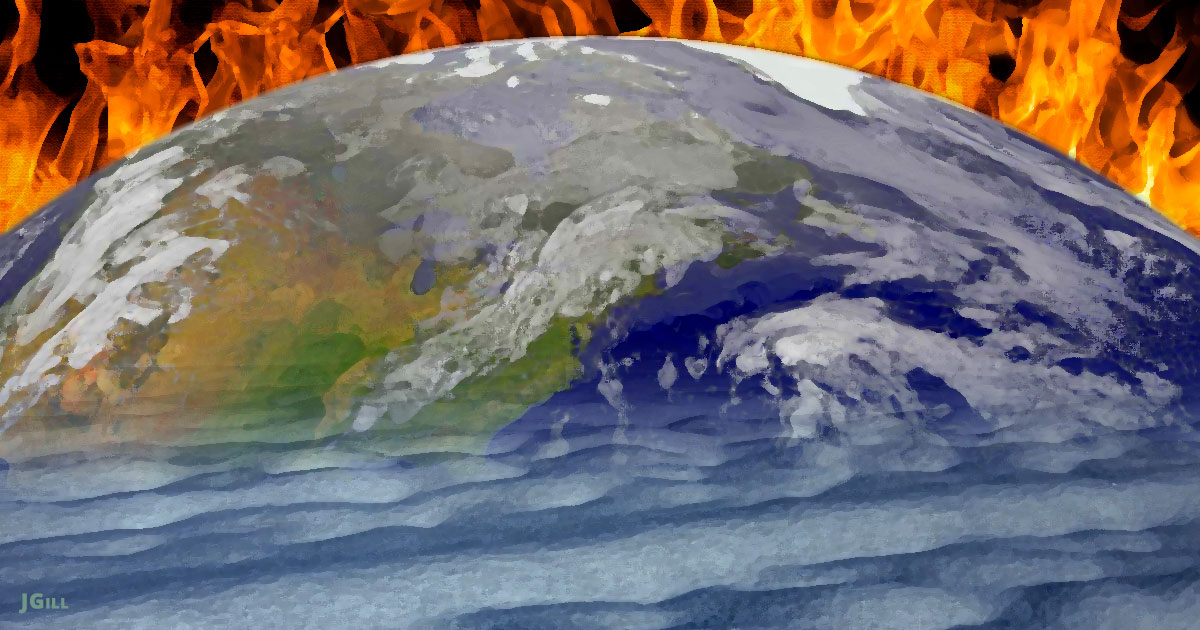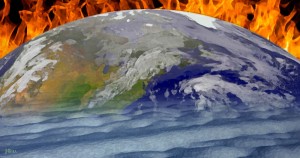Time is almost up!
“Three years ago, scientists gave us a pretty stark warning: They said we have 12 years to avoid the worst consequences of climate change,” John Kerry, former U.S. Senator (D‑Mass.) and Secretary of State and current US Special Climate Envoy, stated last week.
“And now we have nine years left,” the 2004 Democratic presidential candidate added, “to try to do what science is telling us we need to do.”
Science speaks to Kerry. Just nine years, though? Not much time.
But it could be worse.
And apparently already is.
According to BBC environmental correspondent, Matt McGrath, who reported roughly 18 months ago that “there’s a growing consensus that the next 18 months will be critical in dealing with the global heating crisis.”
“The climate math is brutally clear,” Potsdam Climate Institute founder Hans Joachim Schellnhuber argued. “While the world can’t be healed within the next few years, it may be fatally wounded by negligence until 2020.”
“Healed”? Or brought to heel?
That time is running out “is becoming clearer all the time,” McGrath noted then, before quoting the eminent scientist, the Prince of Wales: “I am firmly of the view that the next 18 months will decide our ability to keep climate change to survivable levels and to restore nature to the equilibrium we need for our survival,” declared his royal highness, speaking at a reception more than 18 months back.
Prince Charles Philip Arthur George Mountbatten-Windsor is also considered something of an expert on receptions.
For my part, regarding these prophecies, I’m with Gavin Schmidt, the head of NASA’s Goddard Institute for Space Studies, who advised, “All the time-limited frames are bullsh*t.”
I can follow that science.
This is Common Sense. I’m Paul Jacob.
—
See all recent commentary
(simplified and organized)


